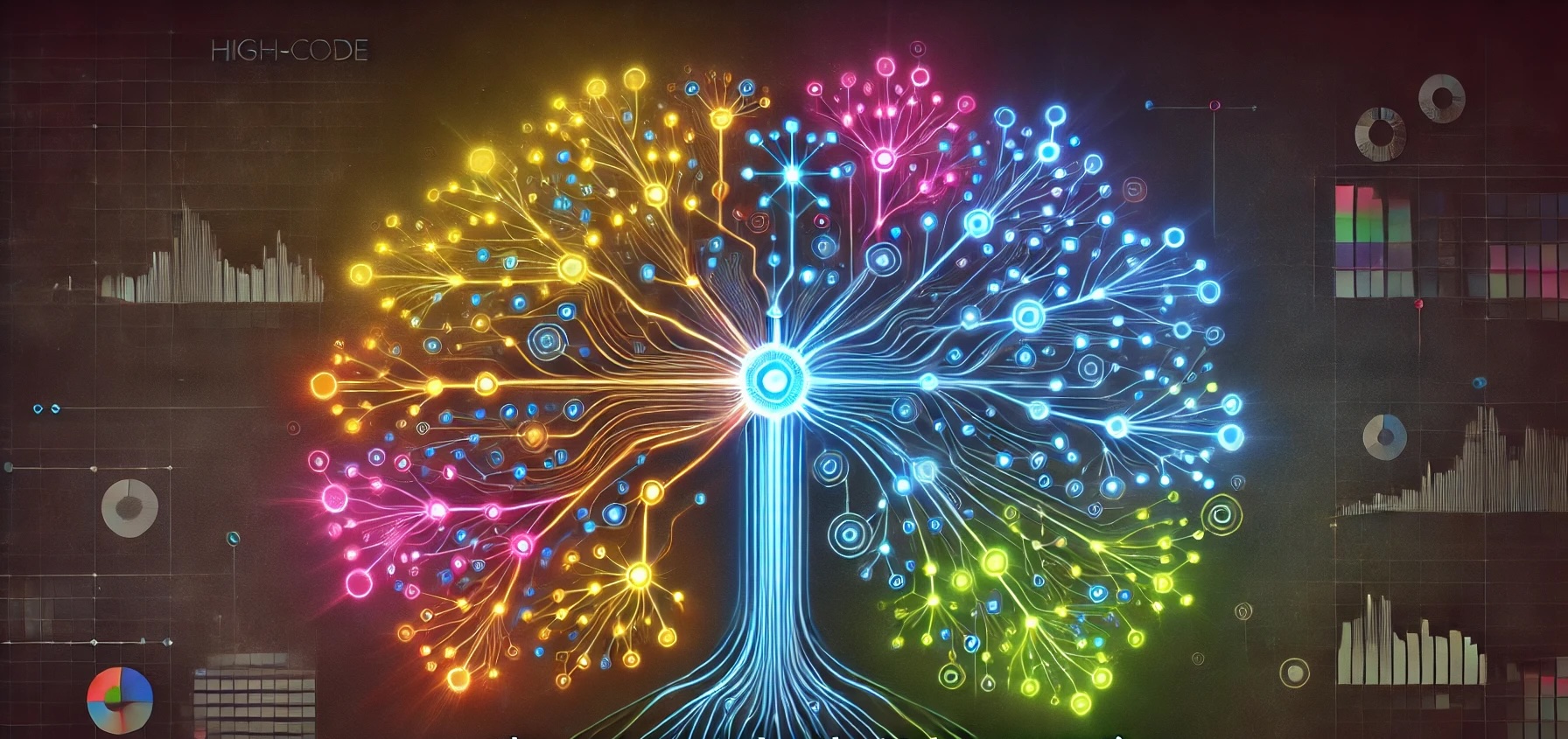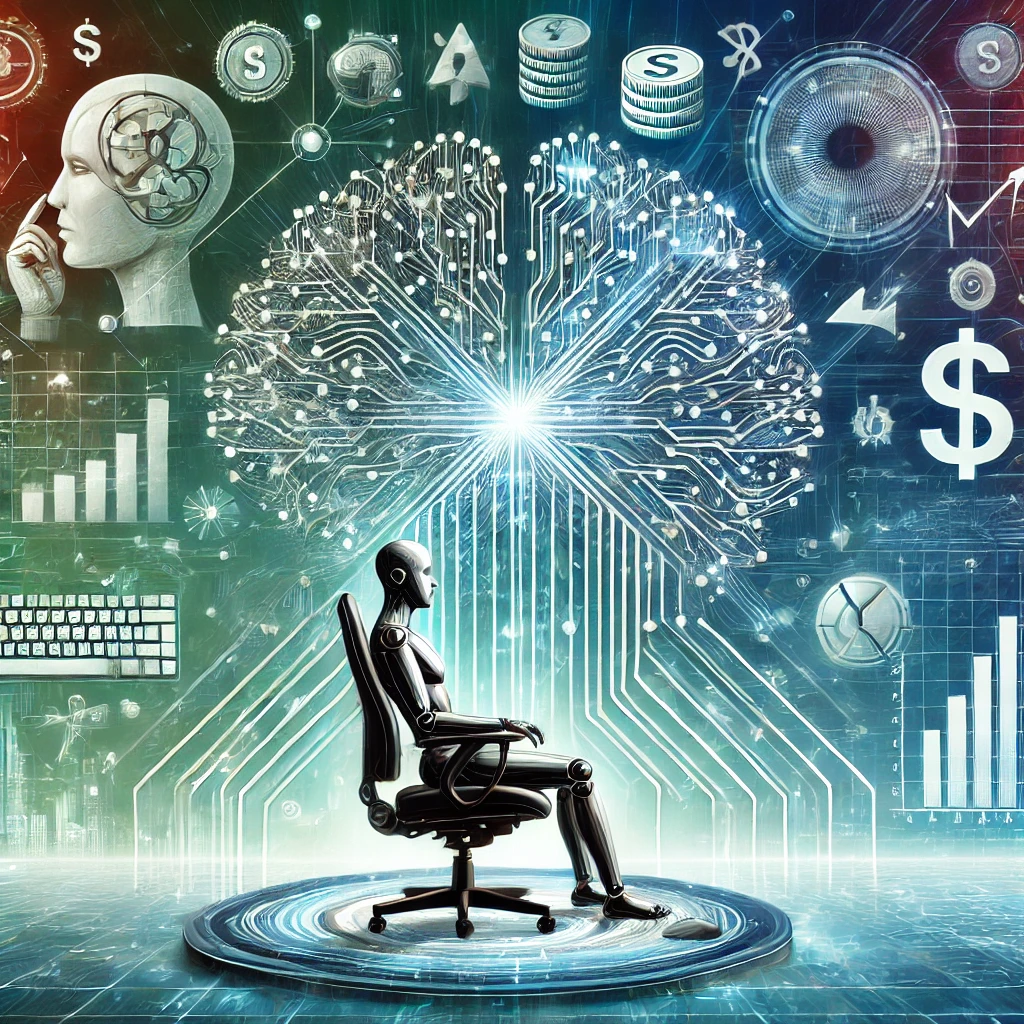
Businesses are deeply confused about what AI is, and they have every right to be. Differences in terminology have plagued the Data-AI-Software landscape for many years, as anyone who has ever looked for a job as a “Data Scientist” will attest. Attempts to demystify the topic either conjure a series of analogies that are then strained to breaking point, or try to delve into the actual technology behind the hype, leaving everyone more confused than they were before.
I will attempt something different: removing the mystery by embracing the mystery.
A Mystery Wrapped In An Enigma
The “AI Effect” is the idea that as soon as we can do something, it’s no longer AI. As Rodney Brooks puts it,
Every time we figure out a piece of it, it stops being magical; we say, ‘Oh, that’s just a computation.’
I always thought that this was a true and insightful point, but its focus was on people who are involved in, or comment on, the development of AI. The quote refers to people looking at a result that they might previously have claimed was only achievable through intelligence, understanding the technical implementation, and reclassifying what they believe AI to be.
Recently, I’ve come to understand that the point applies equally, if not more so, to the business understanding of AI: not as a technology but as a product. To someone in 1700, multiplying large numbers was something only a highly educated human could do, yet today the humble pocket calculator vastly outperforms the smartest human in this field. Nobody looks at a pocket calculator and thinks that it’s an Artificial Intelligence. AI is always out of reach, and therefore anything within reach cannot be AI.
The modern resurgence of business interest in AI has predictably prompted a new wave of AI confusion, only these days the technologies that are not mysterious enough to be AI are even more sophisticated and intelligent. Among the products of what we might call “Applied Machine Learning” are the plethora of Computer Vision, Natural Language Processing, and Speech-to-Text technologies that businesses are familiar and comfortable with. Even if they are not making extensive use of these technologies themselves, they know others who are, and can understand pretty much what they do. While they may be impressed by them, they are not mystified by them.
AI, on the other hand, is a mysterious technology that will radically transform the business - if only they can figure out what it means. The packaging of AI technologies into easily consumable products does not serve to demystify AI, because as soon as they are so packaged, they are no longer AI: they’re Computer Vision or Named Entity Recognition. AI will always be mysterious to the enterprise because it is defined as that which is still mysterious.
So what do we call it, then?
There’s a rapidly-aging witticism that AI is a logistic regression done in Silicon Valley. In addition to being untrue and unfair, this adage also epitomises the misplaced tactic of demystifying AI by pulling back the curtain to reveal the machinery. Businesspeople find the machinery no more enlightening than they did the hype. Though the technologist understands that neural radiance fields, image registration, and 3D scene reconstruction all use related mathematics and computational techniques, that explanation does nothing to help orient the thinking of the business.
The solution might be to embrace the fact that in the enterprise, AI exists only at the board level: the realm of vision and positioning. At any level below that, be it strategy or operations, only the specific types of applied machine learning exist, along with the business needs they address. Computer vision, natural language processing, and document summarisation are products and solutions the business can get a mental grip on. They aren’t mysterious.
And if it’s not mysterious, then it’s not AI.





